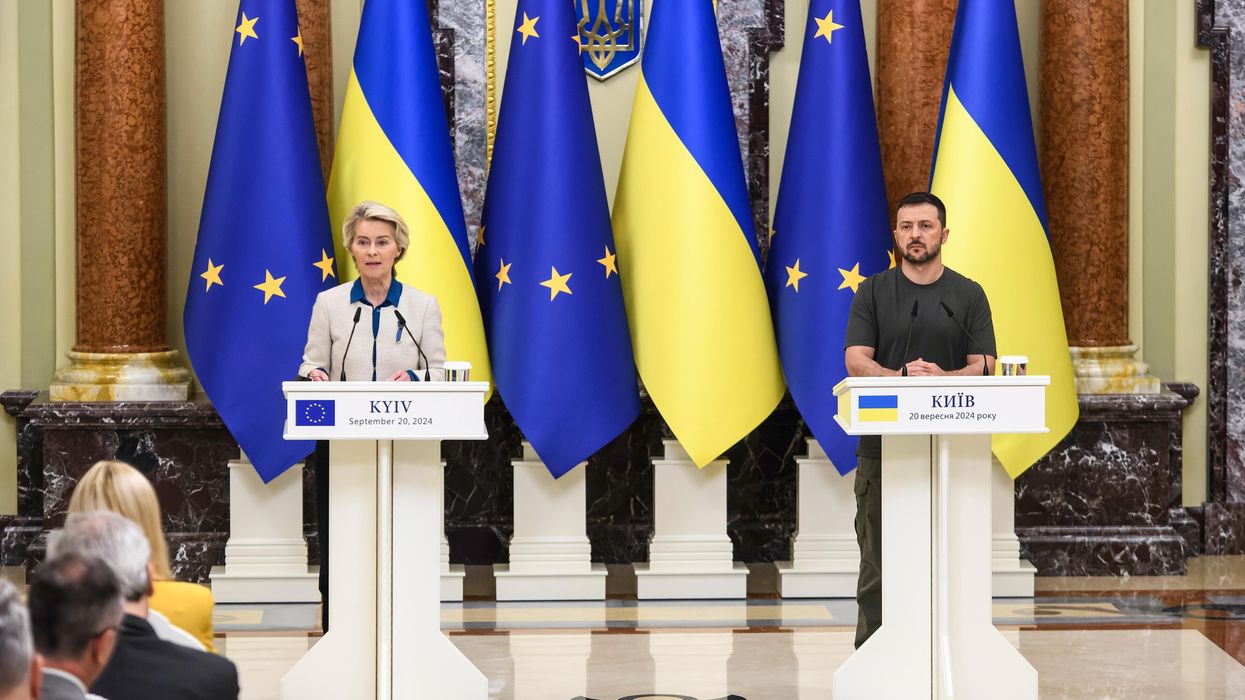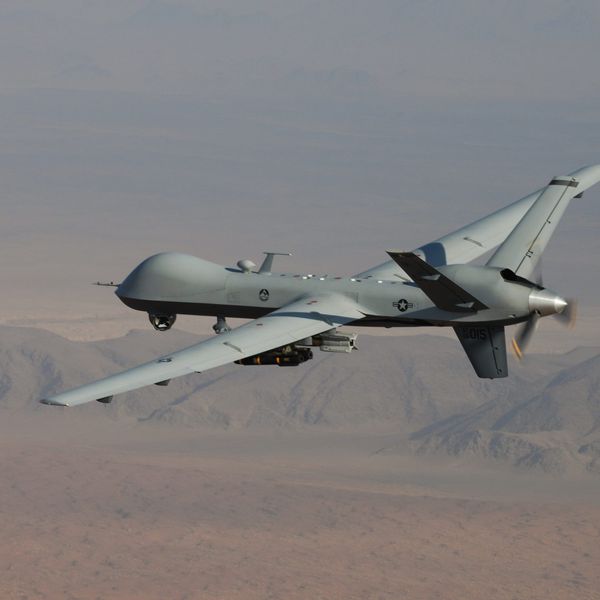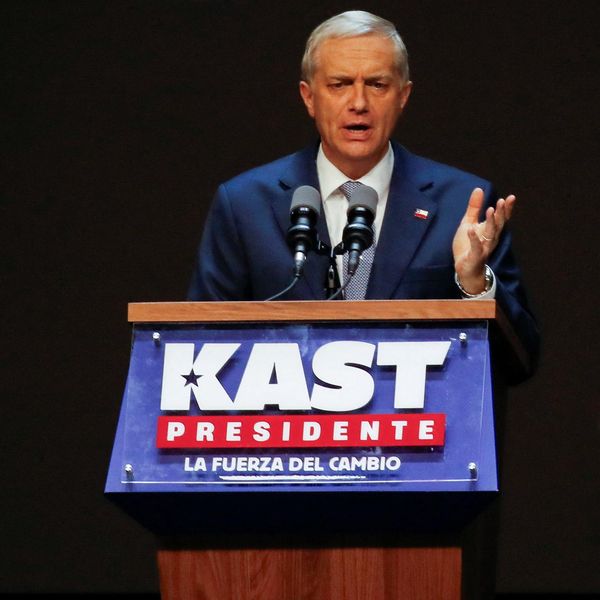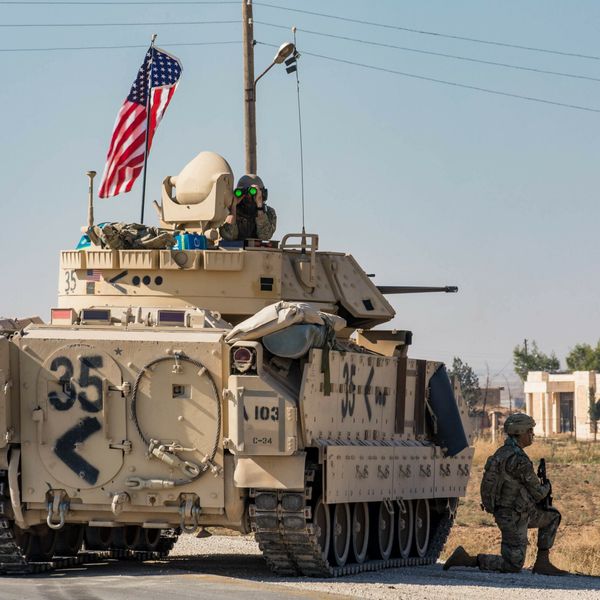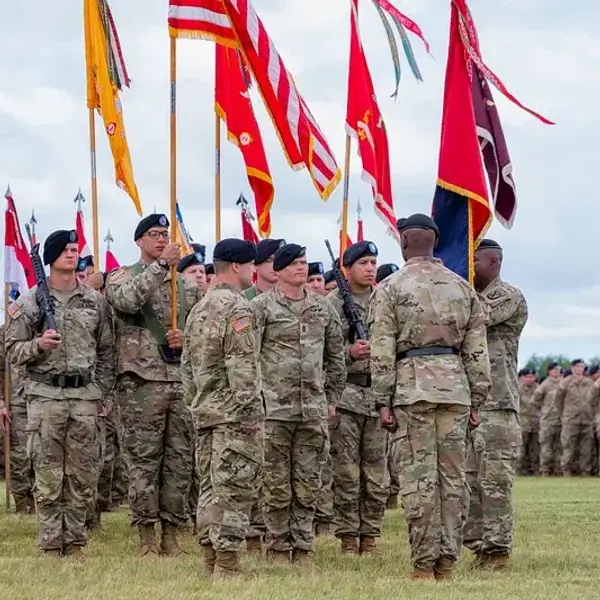President Biden’s recent Leaders’ Climate Summit rightfully shifted the focus of climate change as a key national security priority. Indeed, a changing climate — in a world plagued by a pandemic, heightened adversarial tensions, domestic political turmoil, and violent extremism — is yet another exponentially important threat to the American national security complex that continues to shape the geostrategic environment and hinder American readiness. Nowhere is this priority more visible than in the Arctic: climate change’s geographic effects have and continue to lead to a surge of political and economic competition among great power adversaries in the region and these changes demand a heightened multilateral approach.
As the Arctic ice melts, trading routes and waterways are expanding and creating economic and political opportunities for Arctic and non-Arctic nations alike. Russia, a country with a long-standing history in the Arctic, has recently bolstered its influence in the region. Russia has always maintained some control over the Northern Sea Route — a shipping route from the Kara Sea to the Pacific Ocean — but recently Moscow has been emphasizing the NSR’s infrastructural capacity and relevance as equivalent to the Suez Canal.
The Kremlin does not stop at economic gains and has amassed a more aggressive military presence in a recently melted area of its Arctic territory. Among its military additions, satellites show that the Russian Poseidon 2M39 torpedo has commenced testing, a weapon described as “an intercontinental nuclear armed, undersea autonomous torpedo.” Russia is using its Arctic access to strategically enhance its economic, military, and long-term global prowess, while also adjusting its infrastructure to accommodate for weaknesses exposed by climate change. This aggressive approach has allowed Moscow to take advantage of the opening region and create alternatives for Arctic military facilities threatened by the rising water levels.
It is not just Arctic nations such as Canada, Russia, Denmark, and Finland that are eyeing the strategic potential of the Arctic. China has also expressed a variety of plans for the region, initially from its Arctic policy in 2018 when it pushed for subsequent identification as a “Near Arctic state.” More recently, China officially outlined intentions of bolstered development of a Polar Silk Road in its 2021 Five-Year Plan.
However, according to a recent Brookings analysis, China seeks more than just enhanced economic gain from the Arctic. In fact, Chinese military texts have outlined a clear understanding that the Arctic is yet another strategic playground for the game of great power competition. Furthermore, Chinese icebreaking technology now supersedes American capabilities, indicating that the “near-Arctic” nation is already poised to take action in the region, a capability that should not be overlooked by U.S. Arctic policy and response.
The United States has historically neglected the Arctic, as is evident by its limited icebreaker capabilities, lack of vision, and continuous issues regarding trade and territorial claims. Furthermore, the broader U.S. Arctic policy has not been adequately reinvigorated since President Obama reaffirmed previous priorities in the region in 2013. While adversaries bolster their readiness in the region, the Biden administration’s focus is distracted by a renovated Indo-Pacific strategy, international vaccine rollout, and domestic tensions.
The Department of Defense, however, has rolled out new Naval, Airforce, and Army Arctic strategies that acknowledge the need for enhanced readiness in the Arctic as a new environment for geopolitical competition. These strategies incorporate indigenous peoples, discuss environmental adaptations to equipment, and advocate for enhanced military presence. Congress has also hosted numerous hearings on Arctic readiness and security relevance, but these hearings have failed to garner enough momentum to result in a cohesive government response.
For this reason, the United States cannot rely alone on its military presence and idle congressional measures. The administration must not put its policy in the Arctic on the backburner. In his first 100 days, President Biden has prioritized an enhanced multilateral effort on issues of global significance and this policy must be applied to the Arctic.
To enhance Arctic readiness, the Biden administration should develop confidence building measures amongst Arctic and non-Arctic nations so they can engage in broader multilateral cooperation on Arctic security and avoid military confrontation. The expanding Arctic will soon not only be an issue for countries that border the Arctic, but the greater geopolitical environment. Just as we are seeing a growing international focus on the Indo-Pacific, the Arctic should be a close second in demanding international attention.
While the Arctic Council is a place for discussion on issues relating to the region, this forum avoids security concerns and does not include “Near Arctic States” such as China. Responding to great power competition has been a focus of both the Trump and Biden administrations, but the United States should not be competing to win. A greater multilateral approach in the region would prepare the United States to adopt a more preventative strategy, rather than continue with its history of reactionary measures in such a critical region.
At this point in time, there is no communication between the U.S. and Russian militaries beyond the coast guard, and as Russia bolsters its Arctic military presence, the risk of unintentional conflict increases. Enhanced confidence building measures would especially be effective on this front, as including countries would incorporate fresh perspectives and a renewed approach to this buildup.
Already a dynamic environment, the Arctic is becoming even more relevant on the world stage and this demands that the United States prepare alongside Arctic and non-Arctic allies to facilitate the greatest readiness. As the Biden administration renews engagement on climate change on a global scale, it should make room for an expanded discussion on the Arctic. The region is of global strategic importance and adversarial interest and demands an immediate multilateral approach to anticipate and prevent future conflict and pressure.


